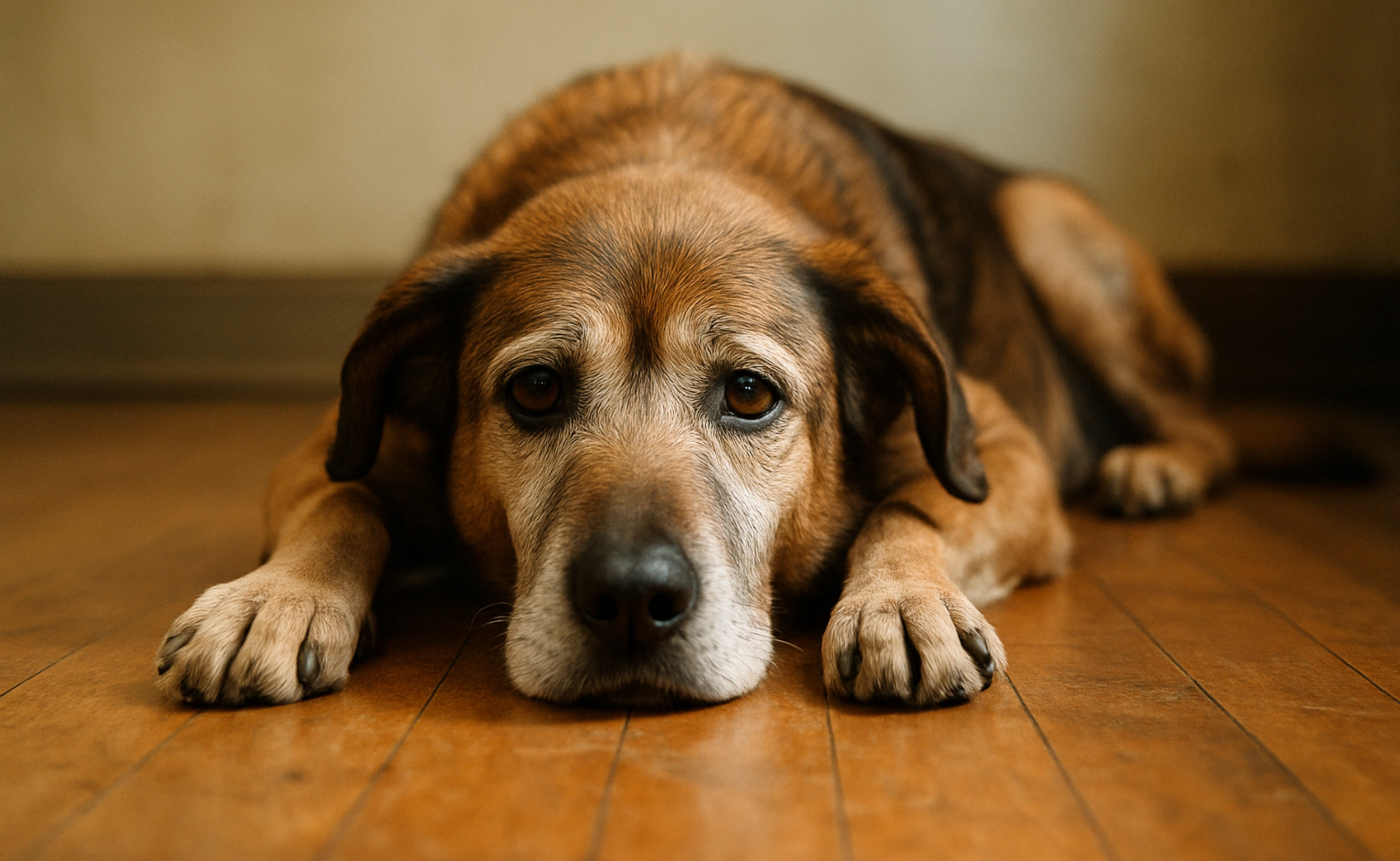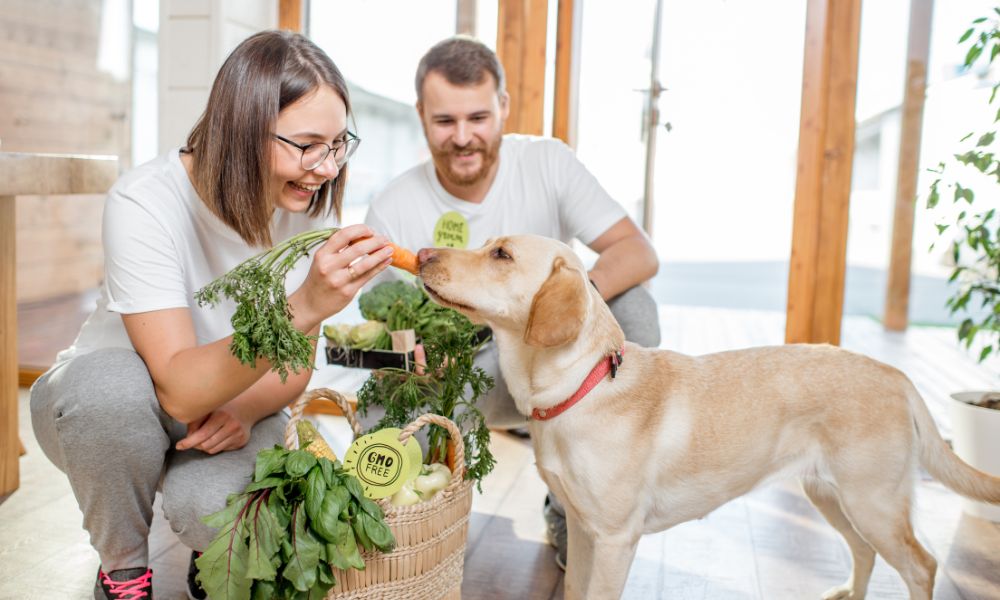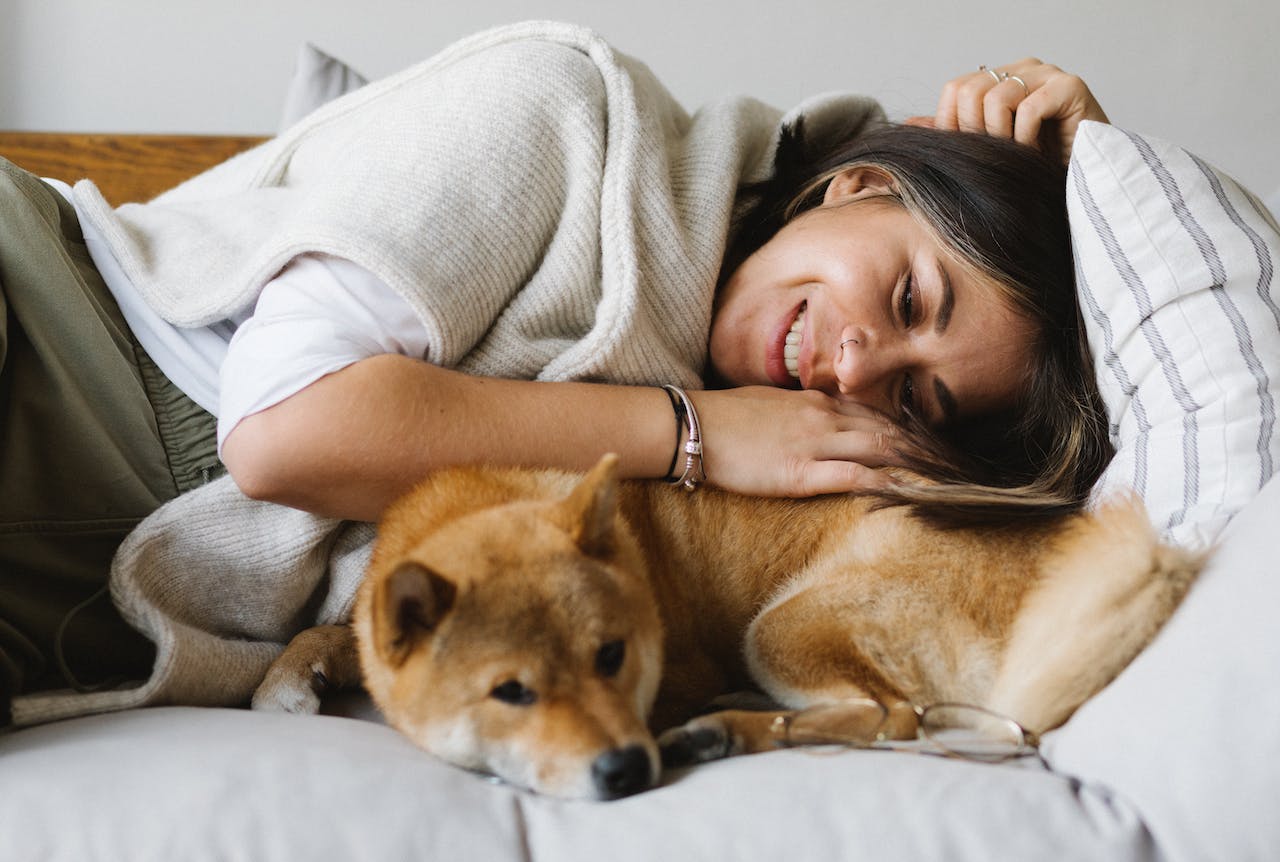
Puppy's First Steps Outside: When is it Safe?
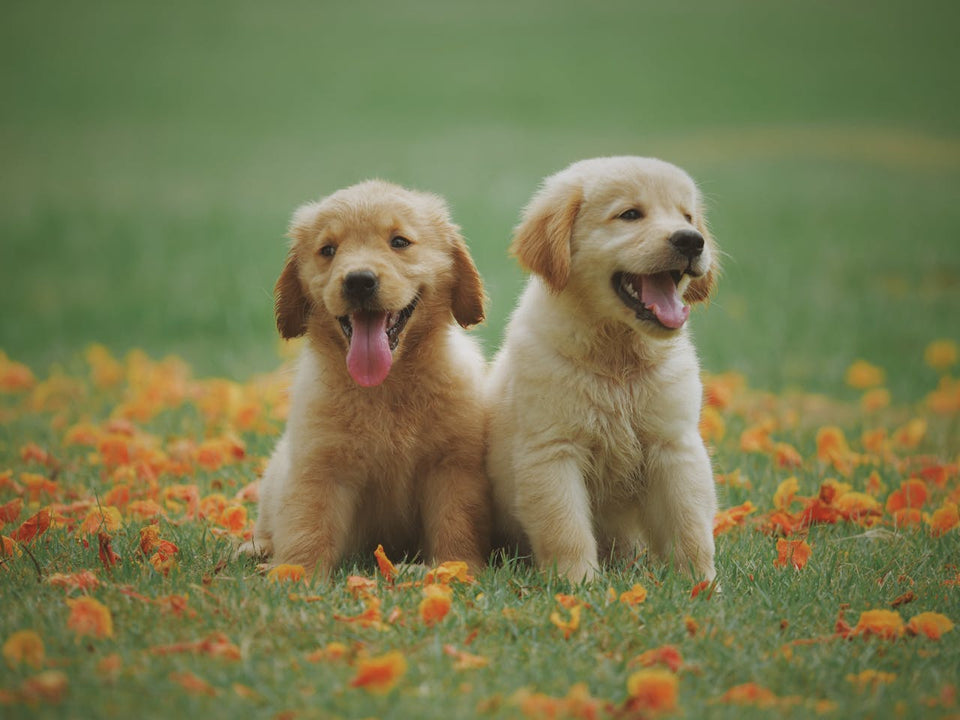
Introducing your puppy to the great outdoors is an exciting milestone, but it's important to ensure their safety and well-being. By following these key steps and knowing when the right time is, you can make the experience enjoyable for both you and your furry friend.
Key Takeaways
- Gradually introduce your puppy to the outdoor environment to build trust and confidence.
- Observe physical readiness and behavioral cues to determine if your puppy is ready for outdoor adventures.
- Choose the right time of day for your puppy's first outdoor experience by considering weather conditions and traffic levels.
- Prepare essential supplies, plan a suitable route, and be ready for emergencies before taking your puppy outside.
- Balance exposure to new stimuli with safety measures to ensure a positive outdoor experience for your puppy.
Importance of Gradual Introduction
Creating a Safe Environment
Before you venture outside with your furry friend, it's crucial to ensure that the environment is as safe and welcoming as possible. Start by choosing a quiet and enclosed area where your puppy can explore without the risk of running into traffic or getting overwhelmed by too many stimuli. Here are a few steps to create a positive outdoor experience:
- Check the area for any potential hazards such as sharp objects, toxic plants, or harmful chemicals that might be within reach.
- Make sure the space is securely fenced so that your puppy can't wander off or get lost.
- Introduce your puppy to the new environment gradually, allowing them to sniff and investigate at their own pace.
Remember, the goal is to make your puppy's first steps outside a positive experience. Encourage your puppy if it bravely explores or successfully relieves itself outdoors for the first time. This will help build their confidence and create a foundation for future walks. Gradually increase the walk's duration and distance as your puppy becomes more comfortable with the outdoor environment.
You may also like: New Puppy Checklist: 14 Must-Have Essentials
Understanding Your Puppy's Behavior
Before venturing outside, it's crucial to observe your puppy's behavior in a familiar setting. This will give you insights into how they might react to the new experiences awaiting them outdoors. Look for signs of curiosity or apprehension towards new objects and sounds, as these can indicate how ready they are for more stimulating environments.
- Monitor their reactions to household noises or unfamiliar people.
- Pay attention to their body language; a relaxed posture suggests comfort, while tucked tails or flattened ears may signal anxiety.
- Notice their playfulness; an eager and playful puppy may be more adaptable to new situations.
Understanding these behaviors will help you create a positive first experience outside, tailored to your puppy's comfort level. Remember, patience is key, and it's important to let your puppy explore at their own pace, ensuring a gradual and safe introduction to the world beyond your home.
Building Trust and Confidence
Building trust and confidence in your puppy is a cornerstone of a successful first outing. Start with short, positive experiences at home to create a sense of security. This can include playing together, learning simple commands, and providing treats for good behavior. These activities not only strengthen your bond but also boost your puppy's self-assurance.
Consider enrolling your puppy in obedience classes as they can be instrumental in laying the foundation for confidence. Basic training not only establishes a strong bond between you and your puppy but also equips them with the skills to navigate new environments. Remember, a confident puppy is more likely to enjoy and adapt to new experiences, including their first steps outside.
Here are a few tips to foster trust and confidence in your puppy:
- Consistently reward positive behavior with praise and treats.
- Gradually introduce new experiences to avoid overwhelming them.
- Maintain a calm and reassuring demeanor to signal safety to your puppy.
Signs Your Puppy is Ready
Physical Readiness
Before you venture outside with your furry friend, it's crucial to ensure they are physically ready for the experience. Puppies grow at a rapid pace, and their little bodies need time to develop the strength and coordination necessary for outdoor exploration. Here are a few indicators of physical readiness:
- Consistent control over their limbs
- Ability to walk steadily on different surfaces
- Sufficient stamina to stay active for short periods
Remember, puppy's first walk can be an overwhelming time, akin to a child's first day at school. To make this walk short and stress-free, stick to a familiar route and keep an eye out for signs of fatigue. If your puppy starts to lag behind or sits down frequently, it's time to head back home and rest. Gradually increasing the duration and complexity of walks will help build their endurance safely.
You may also like: How to Puppy-Proof Your House
Behavioral Cues
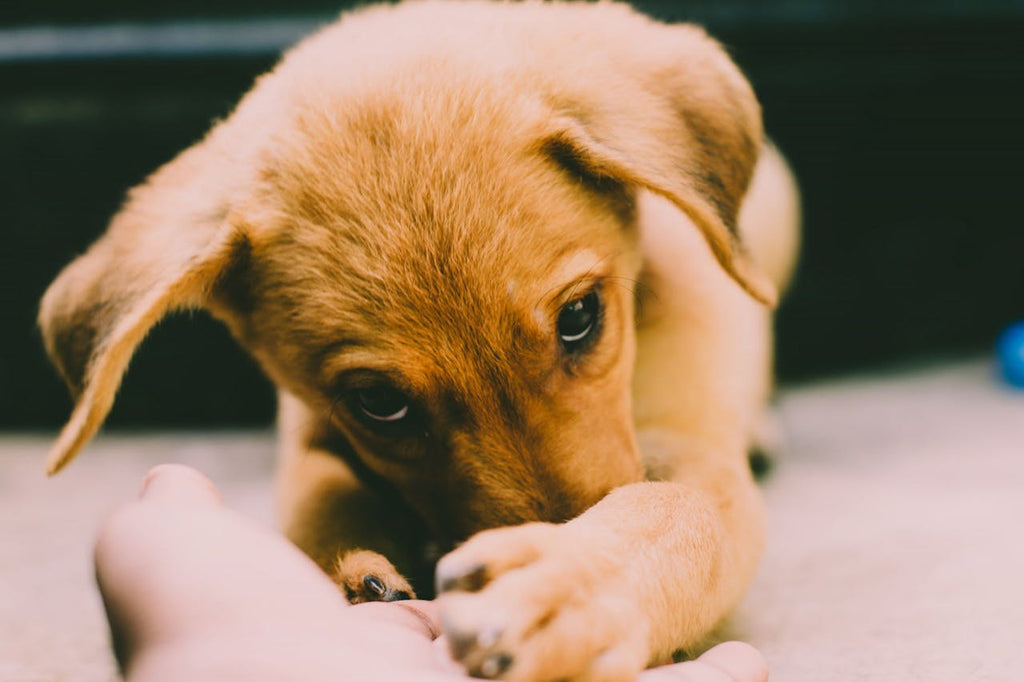
As you prepare for your puppy's first steps outside, it's crucial to observe their behavioral cues closely. These signals can indicate whether they feel comfortable and ready to explore beyond the familiar confines of home. Look for signs of curiosity, such as a perked-up posture, alert eyes, and a willingness to approach the door or leash.
- A relaxed body language, with a wagging tail and playful demeanor, suggests your puppy is in a good state of mind for new experiences.
- Conversely, if they exhibit signs of stress, like excessive barking, whining, or retreating, it may be best to postpone the outing.
Remember, every puppy is unique, and understanding their individual signals is key to a successful and enjoyable first adventure outdoors. Patience and attentiveness will help you gauge the right moment to step out, ensuring a positive experience for both you and your furry friend.
Socialization Milestones
As your puppy grows, reaching socialization milestones is a clear indicator that they're ready for their first steps outside. Socialization is crucial for your puppy's development, as it teaches them to interact confidently with other dogs, animals, and humans. From 1 to 8 weeks, puppies transition from infancy, learning to explore and play, which sets the foundation for future interactions.
- Look for signs that your puppy is comfortable around new people and pets.
- Observe their reactions to different sounds and environments within your home.
- Notice if they're showing curiosity rather than fear when introduced to new experiences.
These behaviors suggest that your puppy is developing well and can start to safely explore the world beyond your doorstep. Remember, every puppy is unique, so while some may be ready earlier, others might need a bit more time to reach these important social benchmarks.
Choosing the Right Time of Day
Considering Weather Conditions
When planning your puppy's first steps outside, it's crucial to consider the weather conditions. Choose a day with mild weather to ensure your puppy's comfort and safety. Extreme temperatures, whether hot or cold, can be harmful to your young dog, whose body is still developing and may not regulate temperature as efficiently as an adult dog.
Here are some weather-related factors to keep in mind:
- Temperature: Aim for a warm but not hot day, avoiding the midday sun.
- Precipitation: A dry day is preferable to avoid slippery surfaces that could scare or harm your puppy.
- Wind: Light winds are okay, but strong gusts could startle your puppy and make the experience unpleasant.
Remember, the goal is to make this a positive experience for your puppy, so patience and flexibility with the weather will go a long way. If the weather isn't cooperating, it's better to wait for a more suitable day than to risk a negative first outing.
Avoiding High-Traffic Hours
When planning your puppy's first outdoor excursion, it's crucial to consider the time of day. Avoiding high-traffic hours can significantly reduce the risk of overwhelming your furry friend. The hustle and bustle of peak times can be too much for a young pup's developing senses.
- Aim for early morning or later evening walks when the streets are quieter.
- Keep an eye on local traffic patterns to identify the best times for a peaceful outing.
- Remember that less traffic also means fewer distractions, allowing your puppy to focus on your commands and bonding with you.
By selecting a time when foot and vehicle traffic is minimal, you're setting the stage for a positive and stress-free experience. This careful timing aligns with the advice from ManyPets, which emphasizes that your puppy should be fully vaccinated before venturing outside, ensuring their safety in the new environment.
Balancing Exposure and Safety
Introducing your puppy to the outdoors is a delicate balance between giving them the necessary exposure and ensuring their safety. It's crucial to allow your puppy to explore while also protecting them from potential hazards. Start with short outings in a controlled environment, such as your backyard, before venturing into more public spaces.
- Begin with brief, supervised sessions in a safe area.
- Gradually increase the duration and complexity of the outings.
- Always be mindful of your puppy's comfort level and signs of stress.
Remember, your puppy's immune system is still developing. As highlighted by experts, puppies should complete their vaccinations before fully exploring public areas. This is a critical step in safeguarding their health against common diseases. By striking the right balance, you'll help your puppy grow into a confident and well-adjusted adult dog.
Preparing for the First Outdoor Adventure
Gathering Essential Supplies
Before you venture outside with your furry friend, it's essential to gather the right supplies to ensure a smooth and safe experience. Start with a comfortable harness and leash that will give you control without causing discomfort to your puppy. A well-fitted harness is particularly important for preventing any potential neck strain or injury.
Next, pack a bag with the basics: water, a bowl, and some treats. Hydration is key, especially on warmer days, and treats can be used as positive reinforcement during this new adventure. Don't forget to include dog grooming products like conditioner, relief balm, and wipes. These are not only useful for keeping your puppy clean but also for soothing any unexpected irritations that might occur while exploring the outdoors. Look for products made in the USA, with vegan, cruelty-free, and sulfate-free ingredients, as they are generally gentler on your pet's skin and coat.
Lastly, ensure you have a few waste bags on hand for clean-up duties. Being prepared for these eventualities means you can focus on enjoying this special time with your puppy.
Planning a Suitable Route
When planning your puppy's first outdoor adventure, consider a route that is both manageable and interesting for your little companion. Start with a short walk around your neighborhood, where the surroundings are familiar to your puppy. This can help reduce anxiety and make the experience more enjoyable for both of you.
- Choose a quiet street or a calm park with minimal distractions.
- Avoid areas with heavy traffic or aggressive animals.
- Look for places with clean paths to protect your puppy's paws.
Remember, the goal is to make this a positive experience, so it's crucial to avoid overwhelming your puppy with too much too soon. Gradually increase the length and complexity of the walks as your puppy grows more comfortable and confident.
And just like you would ensure a comfortable rest at home with a pet bed suited for your dog's size, make sure the outdoor experience is tailored to your puppy's needs.
Emergency Preparedness
Even with the best planning, emergencies can happen. Always have a first-aid kit tailored for your puppy's needs when venturing outside. This should include items such as bandages, antiseptic wipes, and tweezers for any unexpected injuries.
In case your puppy gets too tired or overwhelmed, carry a comfortable portable bed like the PupRug™ Bundle, which includes a Faux Fur Orthopedic Bed and a Waterproof Blanket in Sable Tan. It's crucial to know the care instructions for cleaning the bed cover, memory foam, and liner, as they are machine washable and easy to maintain.
Lastly, ensure your phone is fully charged to contact your vet or an emergency service if needed. Keep a list of emergency contacts, including the nearest animal hospital, on hand. Remember, preparation is the key to a safe and enjoyable experience for both you and your puppy.
Bottom Line
In conclusion, ensuring the safety of a puppy during their first steps outside is crucial for their well-being. By following proper guidelines, such as waiting until they have completed their vaccinations, supervising their outdoor activities, and providing a safe environment, pet owners can help their furry companions enjoy the outdoors while minimizing risks. Remember, a puppy's health and safety should always be a top priority.
Share this article
written by
